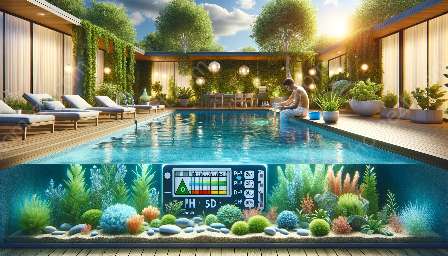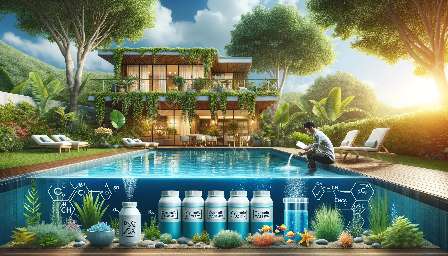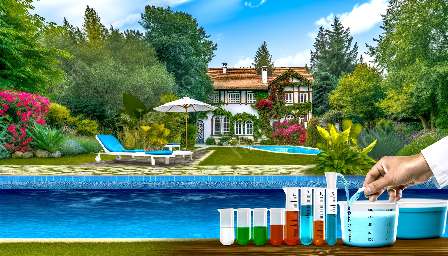Oxidation-reduction potential (ORP) is a critical parameter in water chemistry, especially in the context of swimming pools and spas. This article aims to provide a comprehensive understanding of ORP and its significance in maintaining water quality and safety.
The Basics of Oxidation-Reduction Potential
Oxidation-reduction potential, often referred to as redox potential, is a measure of a substance's ability to oxidize or reduce another substance. In the context of water, ORP is a key indicator of water's overall quality and cleanliness.
When measuring ORP, a positive reading indicates an oxidizing environment, while a negative reading suggests a reducing environment. This information is crucial in determining the potential for chemical reactions within the water, including the breakdown of contaminants and the effectiveness of sanitation processes.
ORP in Water Chemistry
Water chemistry plays a pivotal role in maintaining the balance of chemicals and microbial activity in swimming pools and spas. ORP serves as a valuable tool for monitoring and controlling these chemical reactions and ensuring that the water remains safe and hygienic for users.
Understanding the relationship between ORP and water chemistry is essential for pool and spa operators, as it directly influences the effectiveness of disinfection, the oxidation of organic matter, and the overall clarity and purity of the water.
Importance of ORP in Swimming Pools and Spas
In the context of swimming pools and spas, maintaining an optimal ORP level is vital to prevent the proliferation of harmful pathogens and bacteria. By measuring and controlling the ORP, operators can ensure that the water is sufficiently disinfected and safe for swimmers and bathers.
This also contributes to minimizing the risk of waterborne illnesses and infections, ultimately improving the overall experience for pool and spa users. Additionally, maintaining the appropriate ORP level can help extend the lifespan of pool equipment and reduce the frequency of maintenance tasks.
ORP Monitoring and Control
To effectively manage ORP and uphold water quality in swimming pools and spas, regular monitoring and adjustment of ORP levels are necessary. This often involves the use of ORP sensors and automated systems that help maintain the desired ORP range by controlling the addition of sanitizing agents, such as chlorine or bromine.
Operators should also be aware of the factors that can influence ORP, such as temperature, pH levels, and the presence of organic matter. By addressing these variables, they can optimize ORP levels and ensure a consistently clean and safe aquatic environment.
Conclusion
Oxidation-reduction potential (ORP) is a fundamental aspect of water chemistry in swimming pools and spas. By understanding its principles and significance, operators can effectively manage water quality, enhance the safety of the aquatic environment, and improve the overall experience for pool and spa users.



















